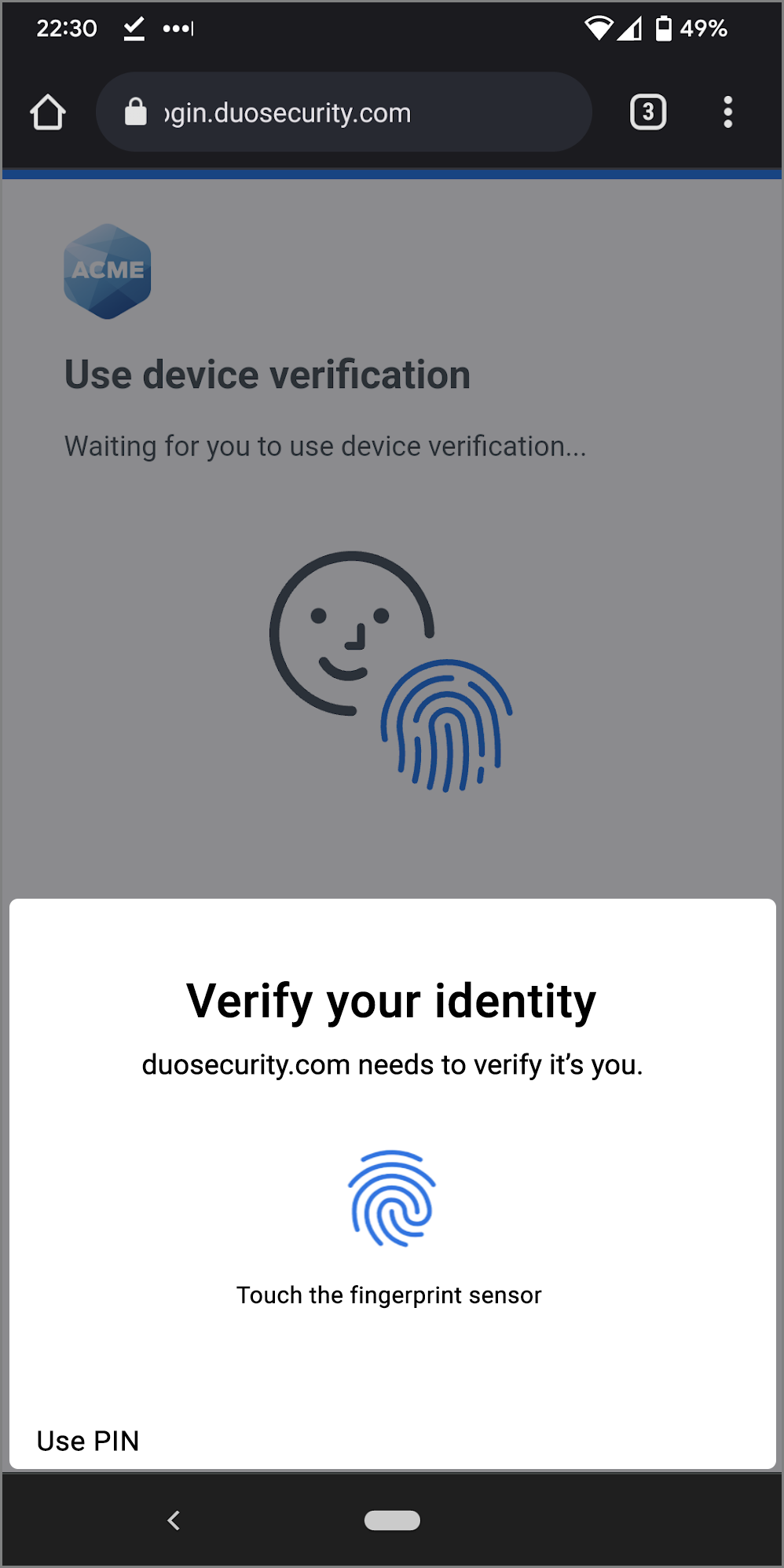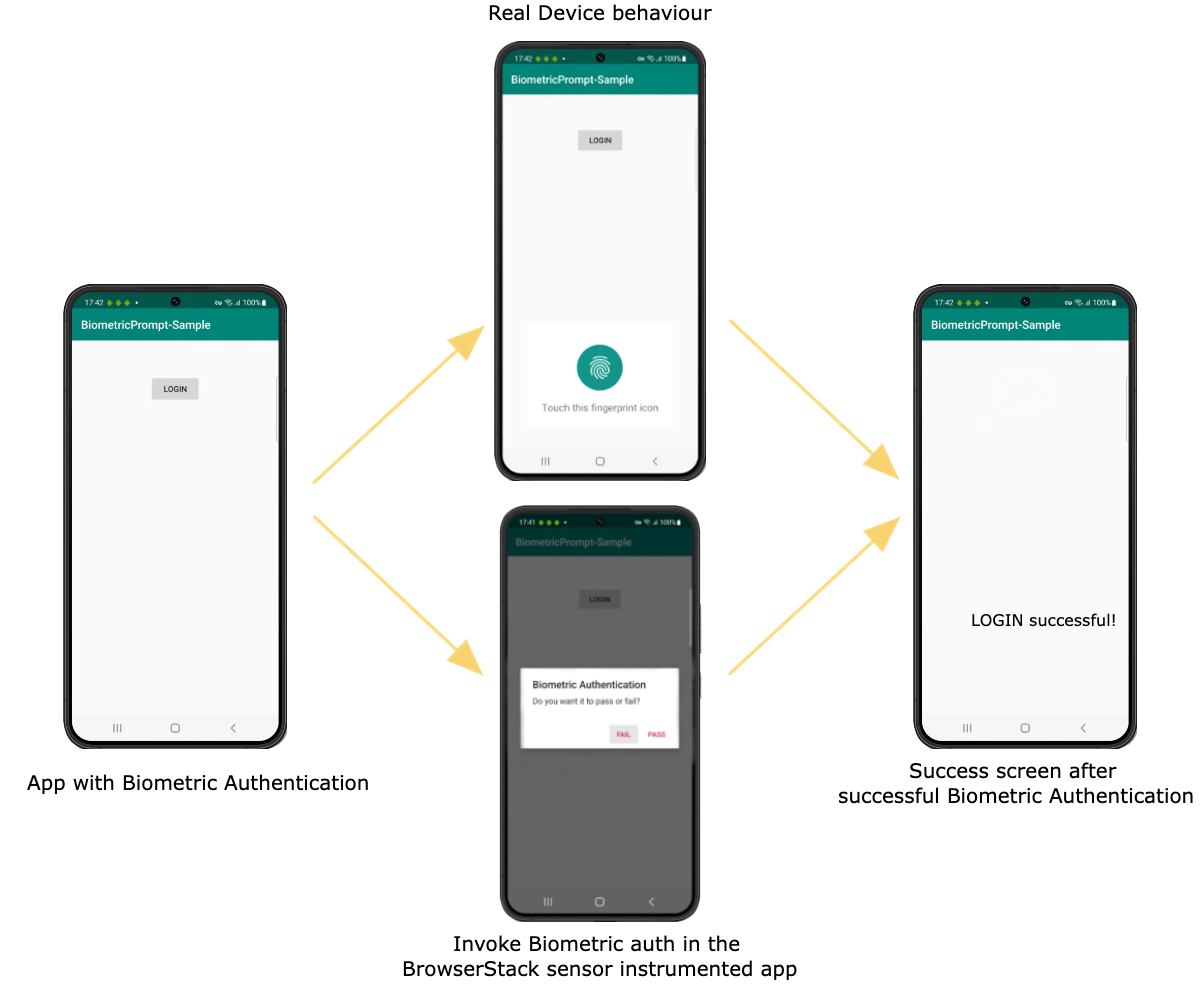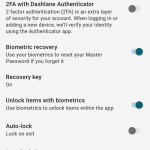To add biometric phone verification to an iOS app, integrate Touch ID or Face ID features in the app’s authentication process. Implement biometric authentication API for iOS development to ensure secure login and data protection.
Incorporating biometric phone verification into your iOS app enhances user security and convenience. Biometric authentication methods like Touch ID and Face ID provide a seamless and secure way for users to access their accounts and protect their personal information. By implementing these features, you can improve the overall user experience and build trust with your app users.
We will discuss the steps to add biometric phone verification to an iOS app and the benefits it can bring to your app’s security and usability.
Understanding Biometric Phone Verification
Biometric Phone Verification is a secure and convenient authentication method that leverages unique physical attributes to verify a user’s identity. It uses biometric characteristics like fingerprints, facial recognition, or iris scanning to authenticate users and enhance the security of an iOS app.
Biometric verification provides a more efficient and user-friendly alternative to traditional methods such as passwords or PINs. It eliminates the need for remembering complex passwords and minimizes the risk of unauthorized access.
The benefits of biometric verification in an iOS app are numerous. Firstly, it offers enhanced security by adding an additional layer of protection. Secondly, it provides a seamless user experience, allowing users to access the app quickly and easily. Thirdly, it reduces the risk of identity theft and fraud, as biometric information is unique to each individual. Lastly, it enhances user privacy as biometric data is stored securely on the device and not transmitted or stored in a central database.
By implementing biometric phone verification in your iOS app, you can ensure the authenticity of users and provide them with a secure and hassle-free experience.

Credit: guide.duo.com
Biometric Technology For Ios
To add biometric phone verification to an iOS app, you can leverage the built-in biometric technology available on iOS devices. This includes Touch ID and Face ID, which provide secure and convenient methods of user authentication.
To ensure compatibility with iOS devices, you need to integrate the appropriate biometric APIs into your app’s authentication flow. By utilizing these capabilities, you can enhance the security of your app while improving the user experience.
Integrating Biometric Verification
To integrate biometric verification to an iOS app, first choose the suitable method: fingerprint or face ID. Implement the chosen biometric verification method by following Apple’s guidelines. Ensure the app’s security by storing and handling biometric data securely.
Use the Local Authentication framework to enable biometric verification seamlessly in the app. Test the biometric verification feature thoroughly to ensure a smooth user experience. Provide clear instructions and guidance to users on how to set up and use biometric verification in the app.

Credit: www.pcmag.com
Security And Privacy Considerations
When adding biometric phone verification to an iOS app, ensuring data security and addressing privacy concerns is of utmost importance. By utilizing the latest encryption methods, app developers can protect user data and prevent unauthorized access. Biometric authentication provides an extra layer of security by utilizing unique physical attributes such as fingerprints or facial recognition, making it difficult for unwanted individuals to gain access to sensitive information.
Addressing privacy concerns, app developers should inform users about the data being collected and how it will be used. Providing clear and concise privacy policies can help in gaining the trust of users. It is crucial to obtain explicit consent before collecting and storing biometric data, and ensure compliance with relevant data protection regulations. Regular audits and vulnerability assessments should be conducted to identify and rectify any security weaknesses.
User Experience Design
When designing the user experience for biometric phone verification in an iOS app, it’s crucial to prioritize seamless integration. Consider the placement of the biometric prompt – it should be easily accessible and unobtrusive. Utilize clear and concise messaging to guide users through the process, avoiding any confusion. Consistency in the UI design across the app is essential to maintain a familiar experience for users.
Implementing best practices for biometric verification UI involves minimal visual clutter and focusing on the essential actions that the user needs to take. Use visual cues to indicate the success or failure of the biometric verification process. Overall, the goal is to enhance the overall user experience by making the verification process effortless and intuitive.
Testing And Troubleshooting
When testing biometric verification functionality, ensure that the code integrates smoothly with the iOS app. Test various scenarios, including successful verifications and incorrect input, to validate biometric phone verification across different devices and scenarios.
Common troubleshooting issues could include compatibility problems with certain iOS versions, inaccurate readings due to an unclean sensor, or conflicts between biometric authentication and other security measures within the app. Addressing these issues promptly is crucial for delivering a seamless and secure user experience.
Regulatory Compliance
To ensure regulatory compliance, it is crucial to understand the requirements related to biometric data before adding biometric phone verification to an iOS app. Biometric data includes unique physical or behavioral characteristics such as fingerprints, facial features, or voice patterns, which are used for verifying user identities. There are various laws and regulations in place to protect the privacy and security of biometric data. Organizations must adhere to these regulations to avoid legal and financial consequences. For example, the General Data Protection Regulation (GDPR) in Europe and the California Consumer Privacy Act (CCPA) in the United States have specific provisions related to the collection, storage, and processing of biometric data. By ensuring compliance with these regulations, app developers can provide a secure and trustworthy user experience while protecting user privacy.
Future Trends In Biometric Verification
In the ever-evolving landscape of mobile app development, integrating biometric phone verification into iOS apps is becoming increasingly essential. With the rise of cyber threats and data breaches, biometric technology offers a more secure and convenient way for users to authenticate their identities. The latest advancements in biometric authentication, such as facial recognition and fingerprint scanning, are paving the way for enhanced security measures in iOS apps. These advancements not only provide a seamless user experience but also ensure heightened protection against unauthorized access. By incorporating biometric verification, iOS developers can create safer and more user-friendly apps that cater to the growing demand for secure authentication methods.

Credit: www.browserstack.com
Frequently Asked Questions Of How To Add Biometric Phone Verification To An Ios App
What Are The Benefits Of Adding Biometric Phone Verification To An Ios App?
Using biometric phone verification enhances security and provides a convenient user experience, making the app more secure and user-friendly.
How Does Biometric Phone Verification Improve User Experience In An Ios App?
Biometric verification streamlines the login process, eliminating the need to remember passwords, which increases user satisfaction and retention.
Can Biometric Phone Verification Be Easily Integrated Into An Existing Ios App?
Yes, with the right tools and resources, integrating biometric phone verification into an iOS app can be a seamless and straightforward process.
Are There Any Privacy Concerns Associated With Biometric Phone Verification In An Ios App?
Biometric data is securely stored on the user’s device, ensuring privacy and reducing the risk of potential data breaches.
Conclusion
Adding biometric phone verification to an iOS app is a crucial step in enhancing security and providing a seamless user experience. By leveraging the power of biometric technology, such as fingerprint or face recognition, app developers can protect sensitive user data and streamline the authentication process.
With the increasing need for data protection and convenient access, integrating biometric authentication in iOS apps is a must-have feature in today’s digital landscape. Stay ahead of the curve by adopting this innovative security measure to ensure user trust and satisfaction.









